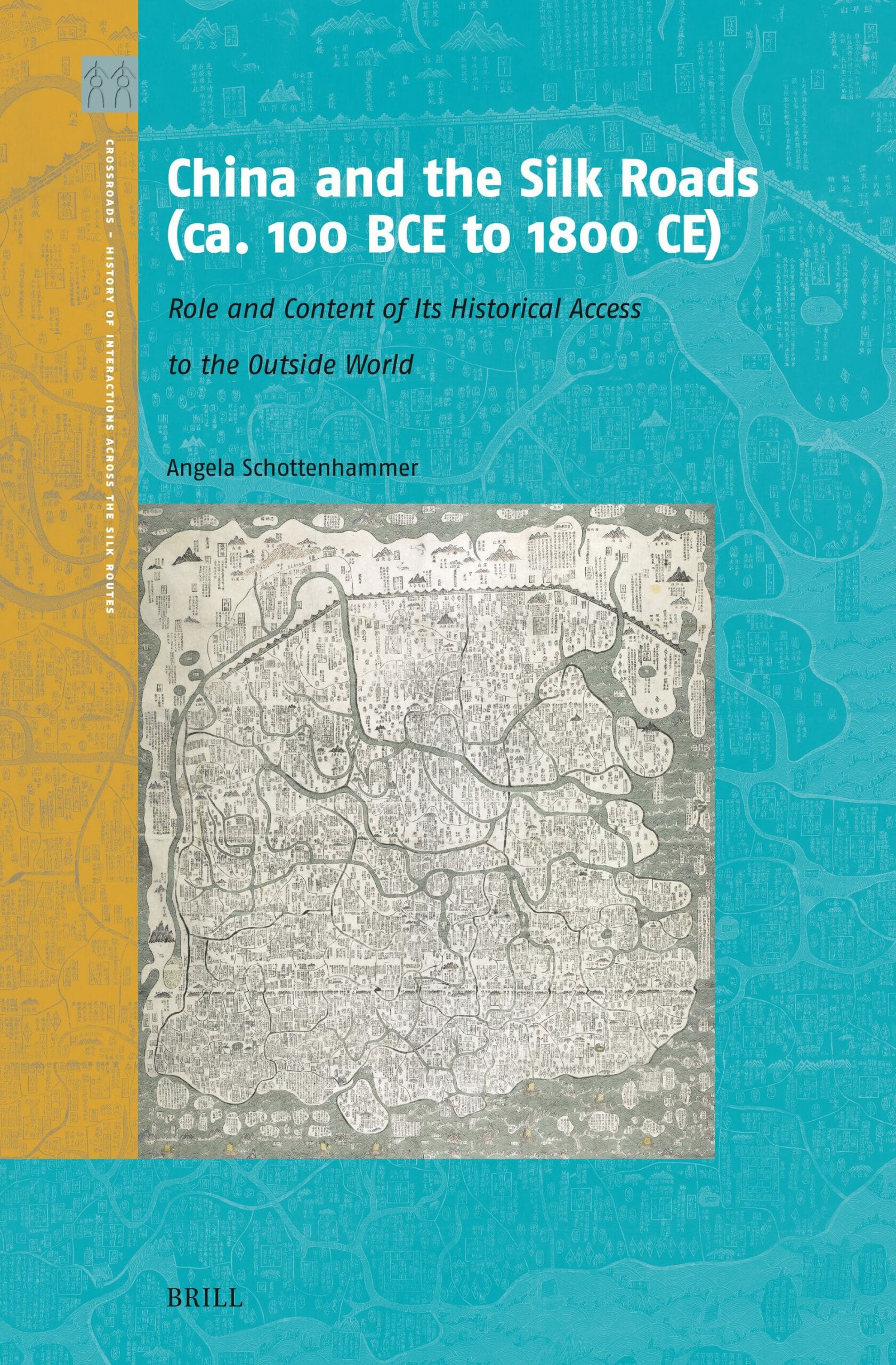Imagine traversing the bustling Silk Roads, where merchants from across the globe convened to exchange exotic treasures. This ancient network, however, wasn’t just a conduit for goods; it was a dynamic marketplace built on innovative commercial practices. These practices, ranging from sophisticated financial instruments to standardized systems of measurement, were vital in facilitating trade across vast distances and diverse cultures, ultimately shaping the Silk Road’s enduring legacy.
How Did Credit Fuel Trade on the Silk Road?
Picture this: you’re a merchant embarking on a months-long journey across deserts and mountains. Carrying a fortune in gold or silver is not only impractical but incredibly dangerous. This is where the Silk Road’s ingenious credit systems came into play, paving the way for a surprisingly modern approach to international finance.
One of the most transformative innovations was the bill of exchange. This ancient precursor to the modern check allowed merchants to deposit funds with a banker in one city and withdraw the equivalent amount in another, using a simple document. This minimized the need to carry bulky and risky cash, streamlining transactions across vast distances.
Adding another layer of security and trust was the letter of credit. This document, issued by a bank or respected institution, acted as a financial guarantee for a merchant. By presenting a letter of credit, a buyer could assure sellers—even those they had never met—that payment for goods was secure.
These systems weren’t foolproof, but they highlight the sophisticated understanding of finance and remarkable levels of trust that existed among Silk Road merchants. This reliance on credit not only facilitated trade but also fostered economic growth, allowing merchants to invest in larger ventures and expand their operations.
Beyond Camels and Caravanserais: Unveiling the Silk Road’s Commercial Infrastructure
The Silk Road’s success wasn’t solely due to financial ingenuity. A robust infrastructure and standardized practices were essential for overcoming the logistical challenges of transcontinental trade.
Caravanserais: Oases of Commerce
Strategically positioned along the Silk Road, caravanserais were more than just roadside inns. They served as bustling hubs where merchants from diverse backgrounds could rest, replenish supplies, and, crucially, connect with one another. These vibrant marketplaces fostered a sense of community, facilitated the exchange of information, and provided a safe and comfortable environment for striking deals.
A Common Language of Trade: Standardization
Imagine trying to buy silk without a standardized unit of measurement. Chaos would surely ensue. Recognizing this, Silk Road merchants established systems for weight, length, and volume. Units like the “jin” (weight) and the “chi” (length) ensured fairness and transparency, regardless of language or cultural background. This standardization built trust, minimized disputes, and streamlined transactions, ultimately contributing to the Silk Road’s longevity.
Navigating the Unknown: Technology’s Role in Silk Road Commerce
Long before GPS and satellite imagery, Silk Road travelers relied on a blend of skill, experience, and surprisingly advanced technology to traverse treacherous landscapes.
Celestial Navigation: Steering by the Stars
Skilled navigators relied on celestial bodies—the sun, moon, and stars—to determine their position and direction. This knowledge, passed down through generations, allowed caravans to traverse vast deserts and navigate unforgiving mountain ranges with remarkable accuracy.
The Compass and Evolving Cartography
While compasses were a later addition to the Silk Road toolkit, they quickly became invaluable, particularly in overcast conditions that obscured the stars. Alongside increasingly accurate maps, these tools enhanced the efficiency and safety of caravans, reducing travel time and opening up new trade routes.
The Unsung Heroes: Animal Husbandry and Breeding
Camels, famed for their resilience and ability to carry heavy loads, were essential for navigating the arid regions of the Silk Road. But their endurance was no accident. Merchants employed selective breeding practices to enhance desirable traits, producing animals capable of withstanding arduous journeys. Horses, prized for their speed, played a similar role in traversing the steppes of Central Asia.
Enduring Significance: The Silk Road’s Legacy
Beyond the exotic goods and cultural exchange, the Silk Road’s most enduring legacy lies in its pioneering approach to commerce. The innovative financial instruments, standardized practices, and sophisticated technologies employed by its merchants laid the groundwork for the interconnected global trade networks we rely on today. While our understanding of the Silk Road continues to evolve through ongoing research and archeological discoveries, one thing remains clear: this ancient network serves as a testament to human ingenuity and the enduring power of trade to connect people, cultures, and economies across vast distances.
- Unveiling the Enigma: Mansoureh Khojasteh Bagherzadeh’s Public Appearances & Private Life in Iran - July 18, 2025
- Unveiling the Mystery: Mansoureh Khojasteh Bagherzadeh’s Husband: A Rare Glimpse into a Private Life - July 18, 2025
- Unveiling Masoud Khamenei’s Mother: Power, Influence, and Iran’s Future - July 18, 2025
















1 thought on “The Commercial Use of Credit Across the Silk Roads”
Comments are closed.